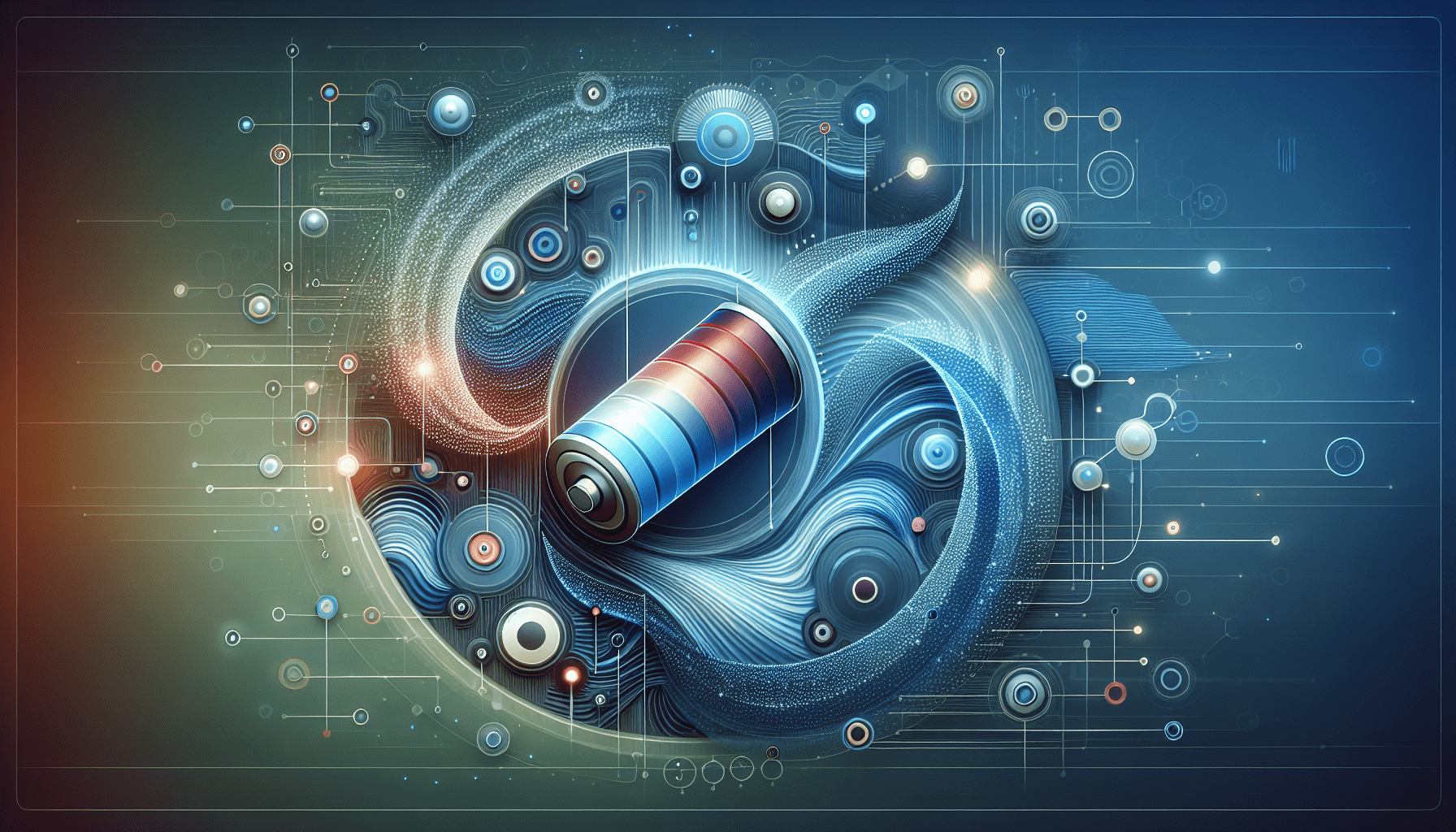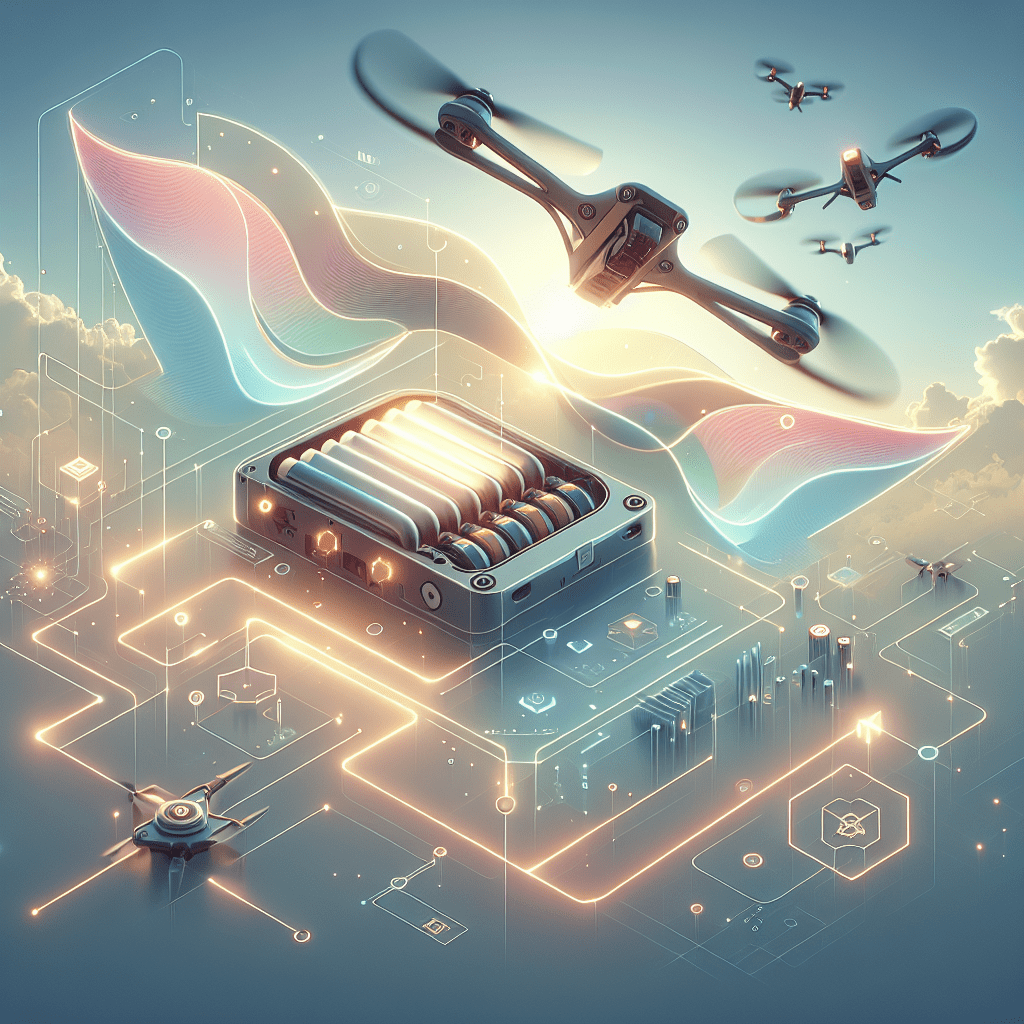Battery Lifespan: Drone Battery Timing & Flight Secrets
In This Article
- Battery lifespan is central to drone performance and long-term ROI.
- LiPo batteries dominate the market but require cautious maintenance.
- Environmental factors like temperature and altitude significantly affect longevity.
- Understanding voltage, mAh, and C-rating improves battery selection.
- Typical consumer drones offer 20–30 minutes per charge under ideal conditions.
- 1800mAh batteries usually support short 8–15 minute flights.
- Storing at 50% charge and avoiding full discharges extends life.
- Top drones like the DJI Mini 4 Pro offer optimised power usage with intelligent management.
1. Introduction to Drone Battery Lifespan
Why Flight Time Matters
Battery lifespan is one of the most critical factors in determining the overall usability and performance of a drone. Whether you’re capturing 4K aerial footage or conducting a commercial survey, understanding your drone’s limitations helps deliver more predictable and effective results. The battery’s capabilities directly impact flight time, recharge frequency, and mission flexibility. For hobbyists and professionals alike, poor battery management can mean cut short flights, reduced efficiency, and even the premature failure of costly equipment.

2. What Affects Battery Life in Drones?
Key Usage & Environmental Factors
The lifespan of a drone battery is influenced by a multitude of environmental and usage-related variables. Extreme temperatures, either below freezing or exceeding 40°C, significantly degrade chemical stability within the cells. Humidity and altitude also alter energy efficiency, especially for lithium-polymer (LiPo) batteries, the most popular type used today. Aggressive flying modes, sudden accelerations, and prolonged high-speed operations drain batteries far quicker than gentle, steady flight paths.
Manufacturers often estimate ideal battery performance in controlled conditions, which rarely mirror real-world usage. Flight payload is another major consideration; drones carrying cameras, sensors, or added modules experience reduced battery lifespan during each charge cycle. You’ll also find that poorly calibrated propellers or unbalanced motors require more energy to maintain stability, which can silently erode battery longevity with every flight.
3. Common Drone Battery Types Explained
LiPo vs NiMH vs Li-ion
There are three primary types of drone batteries currently in circulation, each with varying properties that influence battery lifespan and handling characteristics. Lithium Polymer (LiPo) batteries are the most commonly found in consumer and commercial drones, prized for their high energy density and lightweight form. However, they are more sensitive to misuse and require careful charging and storage protocols to avoid degradation and potential accidents.
Nickel Metal Hydride (NiMH) batteries—although largely outdated—still appear in legacy drones due to their relative ease of use and safer chemistry. Their disadvantage lies in their weight and relatively short active lifespan. Lastly, Lithium-ion (Li-ion) batteries strike a balance between safety, energy output, and longevity. While safer than LiPo and generally more durable, they tend to be heavier, which could reduce overall flight times.
4. How to Interpret Drone Battery Specs
Understanding mAh, Voltage & Wattage
Choosing the right battery involves understanding key specifications that together determine performance and battery lifespan. Milliamp Hours (mAh) measure storage capacity—in simple terms, how much charge the battery can hold. A higher mAh generally indicates longer flight time, but it also means a bulkier and heavier battery. Voltage (V) reflects the potential output; for drones requiring rapid bursts of speed or heavy lift, higher voltage can deliver greater thrust more quickly.
Watt-hours (Wh) combine these two factors and offer the most accurate representation of a battery’s overall capability. Use the equation Wh = (mAh × V)/1000 to compare batteries on a level playing field. It’s also wise to consider discharge rates (commonly labelled as C-ratings), which communicate how fast the battery can deliver its energy. Selecting a battery outside the recommended C-rating can drastically reduce its effective lifespan and pose safety risks.
5. How Long Do Typical Batteries Last?
Average Lifespan by Drone Category
Battery longevity can be measured both in terms of time-per-flight and total number of charge cycles. Hobbyist drones often feature batteries that provide between 5–15 minutes of flight time, with around 150–200 full charge cycles before noticeable degradation takes place. Mid-tier consumer drones typically operate for 20–30 minutes per charge and begin showing reduced efficiency after 200–300 cycles.
Professional and industrial drone models may fly for up to 45 minutes or more on a single charge, backed by high-capacity batteries designed for long-term reliability. However, these units still face inevitable wear, often maxing out around 300–500 full charges under optimal conditions. Always cross-reference your drone’s specifications with pale indicators of health such as shortened flight duration, battery swelling, or abnormally long recharge times.
6. 1800mAh Batteries: What to Expect
Flight Time Approximation Examples
A drone fitted with a 1800mAh battery typically supports flights ranging from 8 to 15 minutes, depending heavily on weight, propeller efficiency, and how aggressively the drone is flown. For example, mini drones designed primarily for indoor use and basic photography will achieve the upper end of that range. Outdoor quadcopters with brushless motors and camera attachments often settle toward the lower end due to additional strain on power systems.
Assuming a 3.7V output and moderate energy discharge, the effective watt-hour of this battery size equals approximately 6.66Wh. In practical use, you should expect some energy loss due to inefficiencies in conversion and variable weather conditions. Additionally, beginner pilots might unwittingly reduce battery lifespan by flying until total depletion—a habit that should be avoided if one aims to maintain consistent battery performance.
7. Tips to Extend Battery Life
Pro-Level Maintenance Habits
Maximising battery lifespan doesn’t require expensive equipment—it demands disciplined care. Always avoid fully draining LiPo and Li-ion batteries. Instead, land your drone with at least 15–20% battery remaining. Regularly inspect batteries for signs of wear such as puffiness, ruptures, or overheating after flying. It’s also best to rotate multiple batteries during intense shooting days, allowing each to cool properly between usage cycles.
Utilising smart chargers with balance features ensures even charging of each cell within a pack. Moreover, refrain from charging batteries immediately after flights since residual heat affects their internal chemistry. Instead, allow batteries to return to room temperature before connecting them to a power source. Periodically re-calibrating your drone’s battery sensor using manufacturer-recommended software can also greatly improve accuracy and extend overall battery health.
8. Charging & Storage Best Practices
How to Prevent Degradation
Correct charging and storage dramatically improve battery lifespan. First and foremost, only use chargers certified or supplied by the drone manufacturer to prevent overvoltage incidents. Always charge batteries in a fireproof LiPo-safe bag, especially when indoors. Store batteries at roughly 50–60% charge if not in use for more than a week. A full charge or a completely empty cell during extended storage accelerates chemical breakdown and reduces overall capacity.
Dry, climate-stable environments are ideal for storage. Keep batteries away from direct sunlight, excessive humidity, and metallic surfaces that could trigger a short-circuit. It’s also crucial to label your batteries by purchase date and track cycle count—many drone apps allow logging of battery usage for this purpose. Complete a charge-discharge cycle every two months during extended periods of inactivity to prevent battery dormancy symptoms.
9. Best Drones for Long Flight Times
Top Models with Optimized Power Use
Modern drone engineering has considerably improved when it comes to energy optimisation. Brands like DJI, Autel Robotics, and Parrot lead the market with models designed for prolonged aerial efficiency. For example, the DJI Mini 4 Pro utilises lightweight construction, high-efficiency propellers, and intelligent power management to deliver up to 34 minutes of flight time on a single charge. Meanwhile, the Autel EVO II boasts massive 7100mAh batteries for professional-grade endurance, reaching 40 minutes under real conditions.
Parrot’s Anafi series prioritises rapid charging and compact battery design, which permits quick replenishment on the move. These models often combine GPS-locked hover stability with low-power idle modes that extend hovering duration. Flying a drone that maximises its battery potential helps save money on replacements while also allowing for more intricate and fulfilling aerial missions without frequent interruptions. Find more details at Learn more about Drone Maintenance & Performance.
10. Final Thoughts: Get More from Every Battery
To optimise battery lifespan and ensure long-term drone performance, pilot behaviour and environmental awareness are key. From carefully reading battery specifications to storing and charging under ideal conditions, small habits quickly compound into meaningful benefits. Upgrading chargers, rotating battery stock, and resisting full depletion are minute changes that significantly influence the longevity of your drone batteries.
Understanding the nuances of how batteries function gives you a competitive advantage whether you’re flying recreationally, filming professionally, or conducting precise mapping surveys. As drone capabilities evolve, so too must our approach to power preservation. Continue refining your practices, and explore advanced battery management techniques via our full guide at Read a related article. For deeper electrochemical insights, we recommend reading 1800mAh drone battery details.
“A correctly maintained drone battery pays dividends—more flight time, better safety, and ultimately savings in the long run.”
Great guide on how-long-do-drone-batteries-last-explained-interactive-explanation-of-drone-battery-lifespan-usage-factors-and-tips-for-extending-performance – Community Feedback
How long do drone batteries last?
Most consumer drone batteries last between 15 to 30 minutes per charge, depending on factors such as battery capacity, drone weight, and flight conditions. Higher-end models may offer flight times of up to an hour with advanced batteries.
What’s the longest lasting drone battery?
The longest lasting drone batteries are typically found in professional or industrial drones, some of which use high-capacity lithium polymer (LiPo) batteries and can achieve flight times exceeding an hour. Most hobbyist drones offer 25-40 minutes on a single charge.
Why don’t drone batteries last long?
Drone batteries tend to have shorter flight times due to the high power demand required for flight, especially during maneuvers, camera usage, and wind resistance. Battery technology is constantly improving, but weight and energy density remain limiting factors.
How long does a 1800 mAh battery last in a drone?
A 1800mAh drone battery typically provides 12-18 minutes of flight time, depending on the drone’s size, weight, and power consumption. Always refer to your drone’s specifications for the most accurate estimate.

